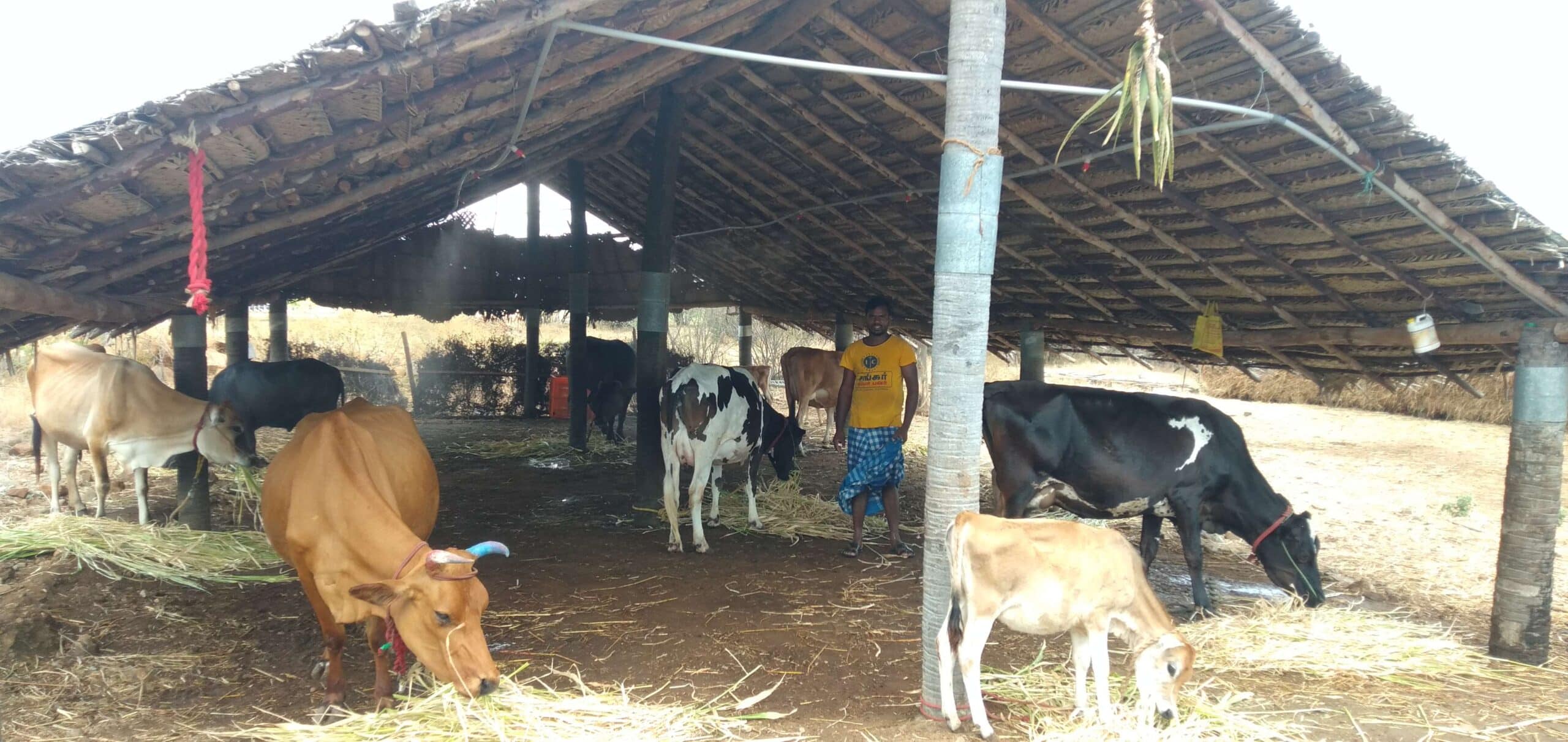Enhancement of Genetic Quality in Crossbred Cattle

The Department of Animal Husbandry and Dairying is actively implementing the Livestock Health and Disease Control Programme (LHDCP) across all states and union territories in India. This initiative aims to enhance animal health through vaccination, capacity building of veterinary services, and improved disease surveillance. For the fiscal year 2024-25, the government has allocated ₹196.61 crore to support vaccination efforts against Lumpy Skin Disease (LSD) and other related diseases. The program also includes technical support from central expert teams to ensure effective implementation and disease management.
Vaccination and Disease Control Efforts
The LHDCP focuses on reducing risks to animal health by providing prophylactic vaccinations against various diseases. The program allocates financial assistance to states and union territories based on their needs for vaccine procurement. This funding is part of the Assistance to States for Control of Animal Diseases (ASCAD) initiative, which also supports the establishment and strengthening of laboratories and Biological Production Units (BPUs). These facilities are crucial for disease diagnosis and the production of diagnostic kits and vaccines. Additionally, the program emphasizes capacity building through training on Good Animal Husbandry Practices, biosecurity measures, and vector control, ensuring that veterinary services are well-equipped to handle disease outbreaks.
To further enhance disease management, the Department has developed a Crisis Management Plan (CMP) that outlines strategies for responding to animal disease outbreaks. This plan includes Standard Veterinary Treatment Guidelines (SVTGs) to promote best practices in veterinary care. The department also provides 100% central assistance to the Indian Council of Agricultural Research-National Institute of Veterinary Epidemiology and Disease Informatics (ICAR-NIVEDI) for sero-surveillance and monitoring of diseases. Alerts and information on 15 diseases are disseminated to farmers and veterinarians through the National Animal Disease Referral Expert System (NADRES) platform, ensuring timely communication and response.
Advancements in Genetic Improvement
In addition to disease control, the government is committed to improving the genetic quality of indigenous and crossbred cattle through the Rashtriya Gokul Mission. This initiative includes several key measures aimed at enhancing milk production and the overall productivity of bovines. A nationwide Artificial Insemination Programme is being expanded to increase coverage, while sex-sorted semen production facilities have been established to improve the likelihood of producing female calves. This technology aims to boost the milch cattle population and, consequently, farmers’ incomes.
The Department has also implemented In-Vitro Fertilization (IVF) technology, establishing 23 IVF laboratories to facilitate the genetic upgrading of bovine populations. This technology allows for significant improvements in genetic quality within a single generation. Furthermore, the government has introduced progeny testing and pedigree selection programs to produce high genetic merit bulls from indigenous breeds. Genomic selection initiatives, including the development of specific genomic chips for cattle and buffaloes, are also underway to accelerate genetic improvements.
Infrastructure Development and Research Initiatives
To support these genetic improvement efforts, the government is investing in infrastructure projects, including the establishment of centers of excellence, genomic centers, and facilities for sex-sorted semen production and IVF labs. The Indian Council of Agricultural Research (ICAR) is actively involved in research projects aimed at enhancing the genetic quality of livestock while maintaining disease resistance. One notable project focuses on identifying genetic markers for disease resistance in Indian cattle breeds, which is crucial for sustainable livestock management.
The ICAR has initiated a project titled “Deciphering the Genetic Basis of Lower Susceptibility of Indigenous Cattle to Bovine Anaplasmosis,” which will run for three years with funding from the National Agricultural Science Fund. Additionally, the All India Coordinated Research Project on Cattle Indigenous Breed (Sahiwal) is being implemented to promote the genetic improvement and conservation of this valuable breed.
Government Support and Future Directions
The Department of Animal Husbandry and Dairying is also implementing the National Livestock Mission, which includes a component for research and development. This initiative provides funding support to encourage research activities aimed at advancing livestock species, improving fodder development, and adding value to livestock products. The government’s comprehensive approach to livestock health and genetic improvement reflects its commitment to enhancing the productivity and sustainability of the livestock sector in India.
Observer Voice is the one stop site for National, International news, Sports, Editor’s Choice, Art/culture contents, Quotes and much more. We also cover historical contents. Historical contents includes World History, Indian History, and what happened today. The website also covers Entertainment across the India and World.

